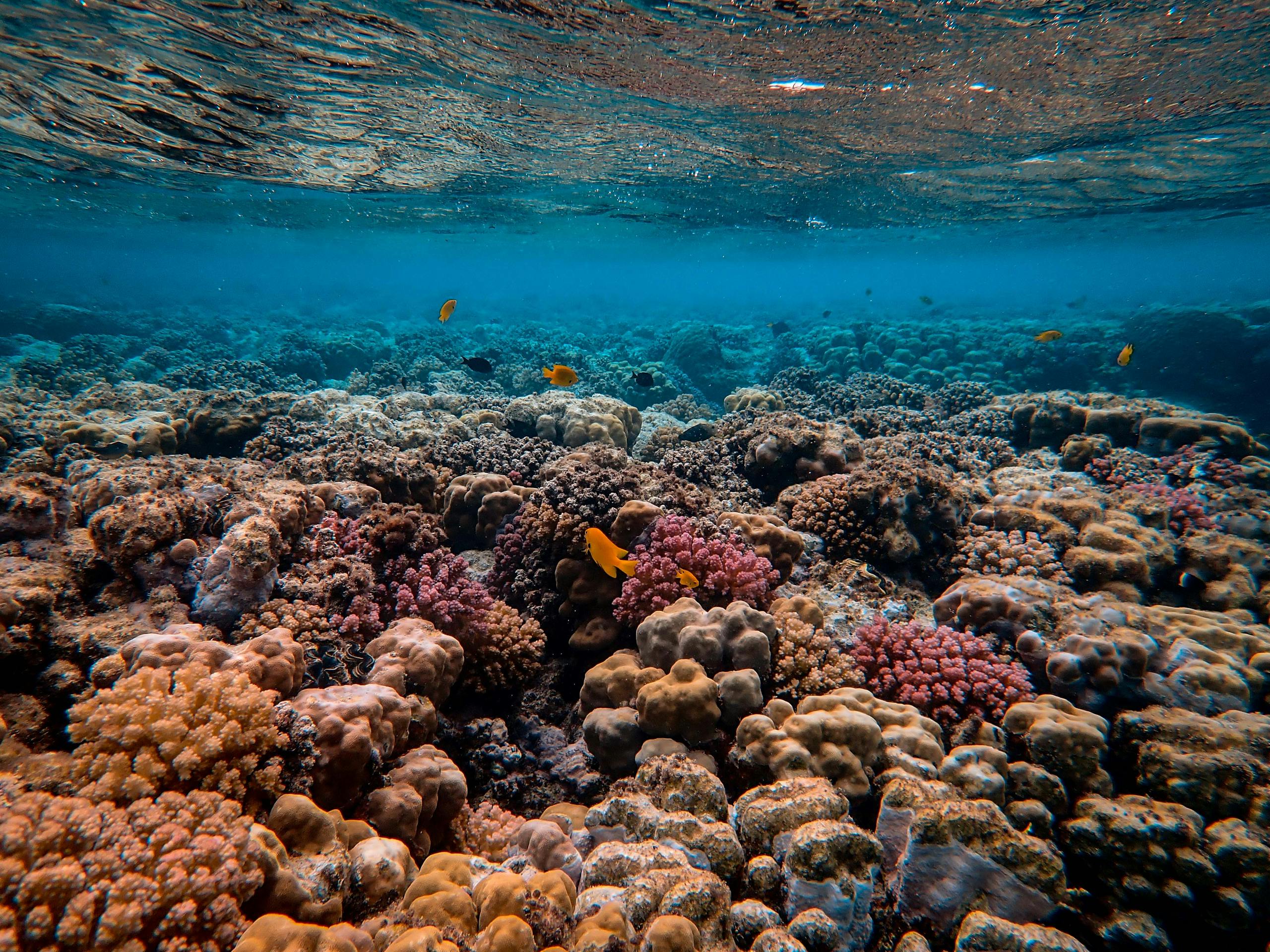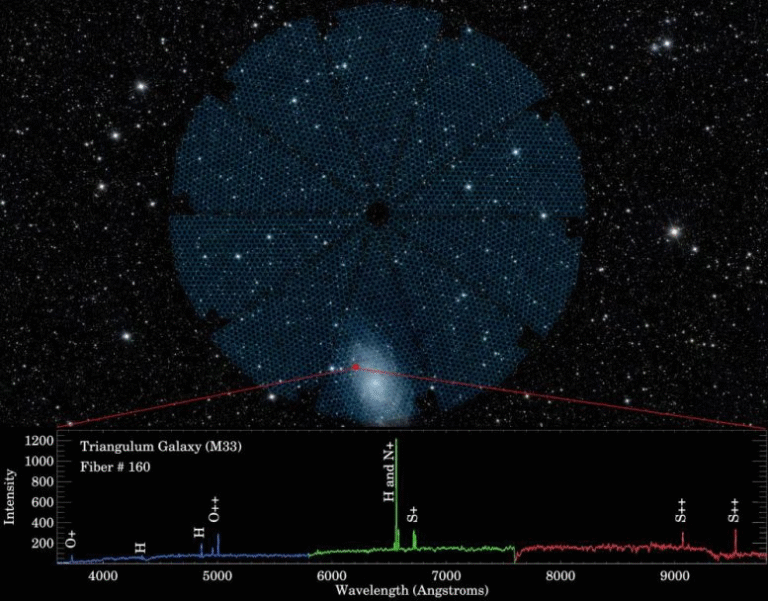AI Models Offer More Accurate — and Hopeful — Predictions for Coral Reef Futures

A new study led by the Wildlife Conservation Society (WCS) is giving scientists and conservationists something rare in the world of coral reefs — a bit of optimism. According to research published in the journal Coral Reefs (October 2025), artificial intelligence (AI) and machine learning (ML) models are outperforming traditional climate-based models in predicting how reefs will fare under climate change.
The study, authored by Dr. Tim McClanahan, Director of Science for WCS’s Global Marine Program, reveals that AI-driven models — built on decades of real-world field data, satellite observations, and shipboard measurements — are capturing the complex interplay of environmental and human factors far better than older theory-based approaches.
Traditional models, often built on single variables like excess ocean heat, have struggled to match what scientists actually observe underwater. By contrast, machine learning can handle hundreds of variables at once, finding patterns that are not obvious but crucial to understanding reef health and resilience.
What Makes AI Models Different
The big difference lies in how these models “think.” Traditional climate models rely on simplified theories — for example, assuming that reefs bleach and die once temperatures rise beyond a certain threshold. While heat stress is certainly a major factor, it’s not the whole story.
AI and ML models, on the other hand, learn from thousands of observations across time and geography. They don’t assume what’s important — they find out what’s important. These systems analyze how factors such as:
- Temperature variability (how often and how sharply temperatures fluctuate)
- Water depth and ocean currents
- Local pollution levels
- Overfishing pressure
- Coastal development
…all combine to shape how coral reefs respond to a warming ocean.
According to McClanahan’s study, no single factor dominates. Reef outcomes depend on the combined influence of global and local pressures. In some cases, reefs exposed to moderate temperature variability actually build tolerance to heat stress over time. This complexity is exactly what AI can capture — and what traditional models tend to miss.
More Hopeful — but Still Realistic — Predictions
Perhaps the most surprising result of this new modeling approach is that some reefs appear more resilient than expected. While many coral ecosystems remain under serious threat, AI-driven predictions suggest that certain regions could remain stable or even recover, provided that local stressors — such as overfishing and coastal pollution — are controlled.
This doesn’t mean reefs are out of danger. The study emphasizes that many areas will still face severe degradation if global warming continues at its current pace. However, the new data-driven forecasts show that not all reefs will collapse, as earlier models implied. Some could persist — and these areas are now being identified as high-value conservation targets.
Data: The Fuel Behind AI Predictions
One of the key takeaways from the WCS team is that AI is only as good as the data it’s fed. Coral reefs are incredibly diverse and dynamic systems, so consistent, high-quality monitoring is essential.
The study highlights the need for long-term field observations, satellite data, and local monitoring programs. Without continuous input, even the best machine-learning algorithms can produce misleading results.
This is why WCS and other organizations are ramping up global coral reef monitoring efforts. These data streams help AI refine its predictions, making future models even more accurate.
From Prediction to Action
The insights from AI modeling are already shaping conservation strategies. The Wildlife Conservation Society has launched a global coral reef strategy that prioritizes climate-resilient reefs — those predicted to have the best chance of survival.
By focusing conservation funding and management efforts on these areas, WCS aims to maximize the impact of limited resources. Instead of spreading efforts too thin, AI helps identify where protection and restoration will matter most.
This kind of targeted conservation could mean the difference between losing entire reef systems or maintaining a network of functioning, living reefs that continue to support marine biodiversity and coastal livelihoods.
The Science Behind the Models
McClanahan’s article, titled “Evaluating coral reef hazards requires both explanatory and predictive models,” is a detailed synthesis of around 15 previous ML-based reef studies. These studies used advanced techniques like boosted regression trees (BRT) — a method that can detect subtle relationships among multiple variables.
For example, one of the regional analyses focused on the Western Indian Ocean (WIO), examining over 200 reef sites. The AI model achieved a much higher accuracy (R² between 0.4 and 0.8) than simpler models that relied only on temperature or acidity.
The models identified temperature variability as the most influential factor, followed by local environmental conditions and human activity. Interestingly, in several regions, reefs that experience frequent but moderate temperature swings tend to recover faster after bleaching events.
This contradicts the traditional assumption that higher variability always leads to worse outcomes — a perfect example of AI uncovering nonlinear patterns that humans might miss.
Why Local Management Still Matters
One of the strongest messages in the study is that local management decisions still have enormous influence. Even with climate change acting globally, local conditions can tip the balance between reef decline and recovery.
Reefs exposed to similar global warming levels can have very different fates depending on how nearby communities manage fishing, pollution, and coastal development. AI models show that where local pressures are reduced, reefs stand a far greater chance of surviving the broader climate crisis.
In other words: while we can’t stop ocean warming overnight, we can make reefs more resilient by improving local management.
The Role of Explanatory Science
The researchers aren’t suggesting that AI should replace traditional theory-based science. Instead, McClanahan calls for a hybrid approach that bridges predictive modeling and explanatory understanding.
Predictive models are great at telling us what is likely to happen, while explanatory models help us understand why. By combining both, scientists can refine their understanding of reef dynamics and guide conservation policies more effectively.
This union of approaches — data-driven AI and theory-based ecology — could lead to a new era of precision conservation.
Broader Context: Coral Reefs Under Pressure
To appreciate the significance of this study, it helps to understand why coral reefs are so vulnerable in the first place. Reefs cover less than 1% of the ocean floor but support over 25% of marine species. They also protect coastlines from erosion, support tourism and fisheries, and provide food security for millions of people.
However, reefs are extremely sensitive to rising sea temperatures. When water stays too warm for too long, corals expel the algae that feed them — a process known as bleaching. If the stress continues, the corals die.
In recent decades, mass bleaching events have struck regions such as the Great Barrier Reef, the Caribbean, and the Indian Ocean. Traditional models, based mainly on heat thresholds, predicted widespread collapse — and in many cases, they were right. But they also missed cases of unexpected recovery, leading scientists to question whether their models were too simplistic.
That’s where AI comes in — not to deny the damage being done, but to paint a more nuanced and data-informed picture of what’s happening, and where hope still exists.
Looking Ahead
The WCS team and collaborating researchers believe that AI-driven predictions will soon become a core tool for global reef management. These models can help identify “climate refuges” — reef areas most likely to endure — and guide investment in conservation and restoration projects.
Still, the authors stress that AI is a tool, not a replacement for action. If overfishing, pollution, and poor coastal planning continue unchecked, even the most resilient reefs could be lost. The message is clear: we can’t save reefs with data alone — but data can show us where saving them is still possible.
Research Reference:
McClanahan, T.R. (2025). Evaluating coral reef hazards requires both explanatory and predictive models. Coral Reefs. DOI: 10.1007/s00338-025-02770-2





